What does cotton wool look like and how to care for it?

Vatochnik is an unusual plant that is rarely found in flower beds. Many gardeners consider it a weed and do not even know what beautiful flower arrangements can be made using it.
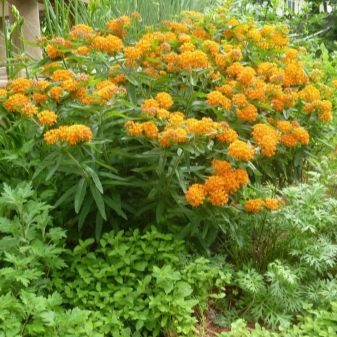
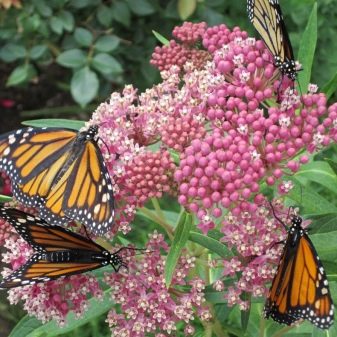
general description
Vatochnik is a plant that is also known as asklepias. It is a perennial. The flower grows up to two meters in height. His sheets are simple. They are fleshy and elongated. Their shape is oval. The foliage is covered with short down on the underside. The top of the leaves is dark green, the bottom is lighter. They are kept on short petioles. The root system of such plants is strong. Small root processes extend from the main stem to the sides. Thanks to this, the flower quickly takes root in most areas.
The fleece blooms in the second half of summer. His flowers are small. They can be white, red, orange, or pink. Individual buds are collected in small inflorescences.
After the end of flowering, a small box with seeds appears on the stem. Fully ripe, it bursts. The seeds that were inside are scattered around the garden.
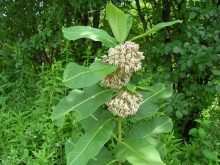


Types and varieties
Now there are more than 80 types of cotton wool. The most popular are the following varieties.
Incarnate
This fleece is also known to gardeners as meat-red. In America, it is called the marsh silk flower. On average, the plant grows to a height of 120 centimeters. Its leaves are slightly elongated and covered with short down. The flowers of such a fleece can be either red or pink-purple. They always give off a pleasant light aroma. Many people compare it to the smell of chocolate butter. The plant usually blooms in August.
The most popular varieties of such cotton wool are Cinderella and Iceberg. The first is distinguished by pleasant pink flowers. The second inflorescence is pale white.
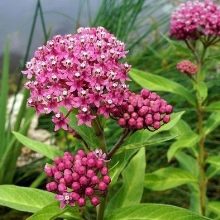
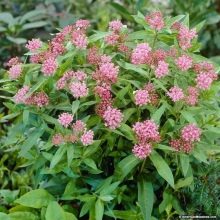
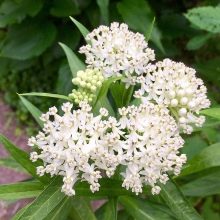
Syrian
This type of vatnik is sometimes called swallow or milky grass. The species got its original name due to the fact that the researcher who first discovered this flower confused it with another plant of the Middle East.
The flower is unpretentious and resistant to both cold and heat.
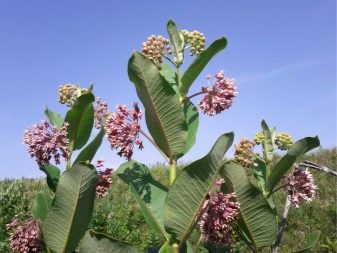
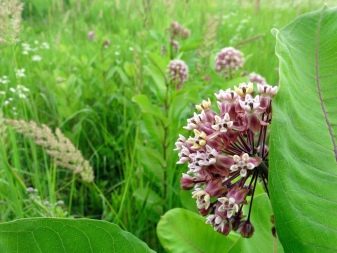
Tuberose
Its second name is tuberous cotton wool. Such a flower grows up to 70 centimeters in height. His flowers are orange. They are collected in small neat inflorescences. Fragrant flowers persist on the stems until October. At the same time, the plant does not differ in particular frost resistance. Therefore, in regions with cold winters, perennial bushes are covered with spruce branches or any other similar material.

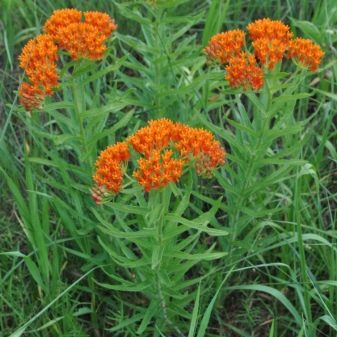
Kurasavsky
This plant is decorated with small red-orange inflorescences. They look very beautiful and retain their attractiveness for a long time.
Such flowers are often used to create bouquets, because they can stand for a long time in cut form.

There are several popular varieties of these flowers.
- Soulmate. This is a plant with delicate lilac petals. It looks very graceful and looks beautiful next to spring flowers.
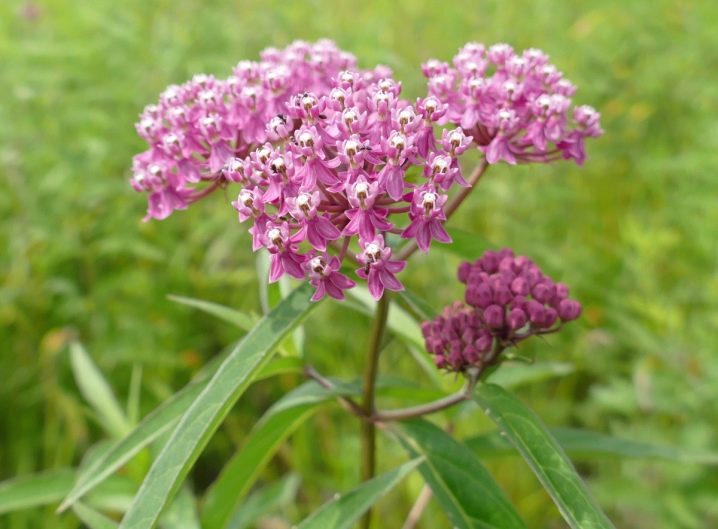
- "Ballet on Ice". Flowers of this variety have beautiful white inflorescences.
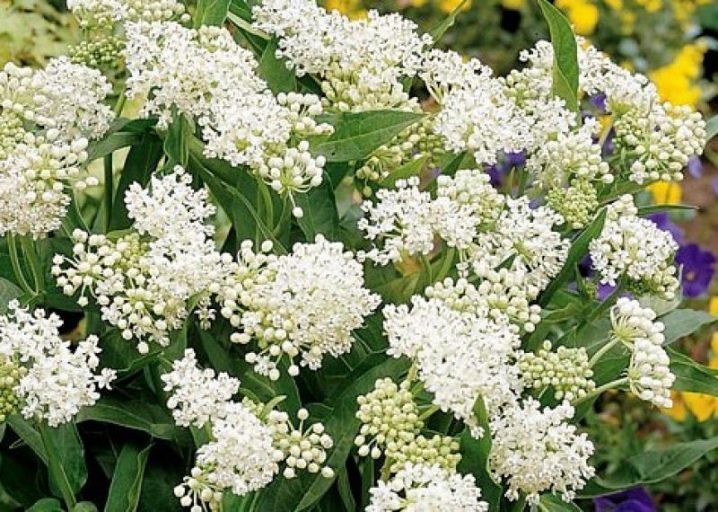
- "Neckpiece". This variety is very easy to recognize. The upper part of the flowers is white, and the lower part is bright pink.
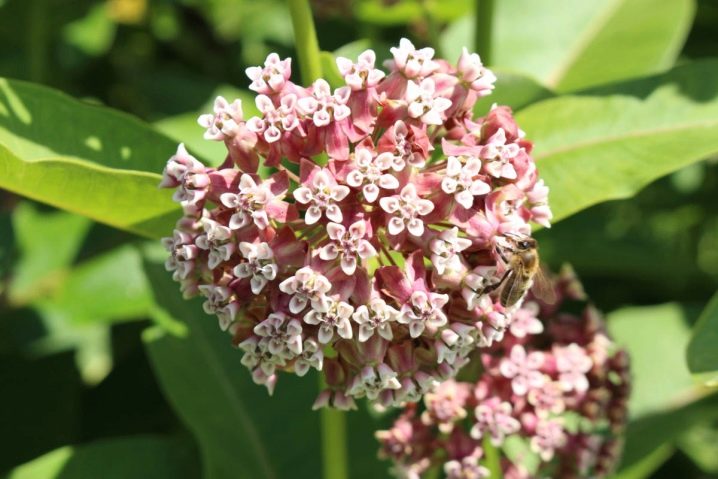
All of these varieties are sold in many gardening stores.
Red
This flower grows up to 100-120 centimeters in height.Its stems are long and thin. Its inflorescences can be either bright scarlet or pink. They appear at the end of July. Flowering usually lasts a month.
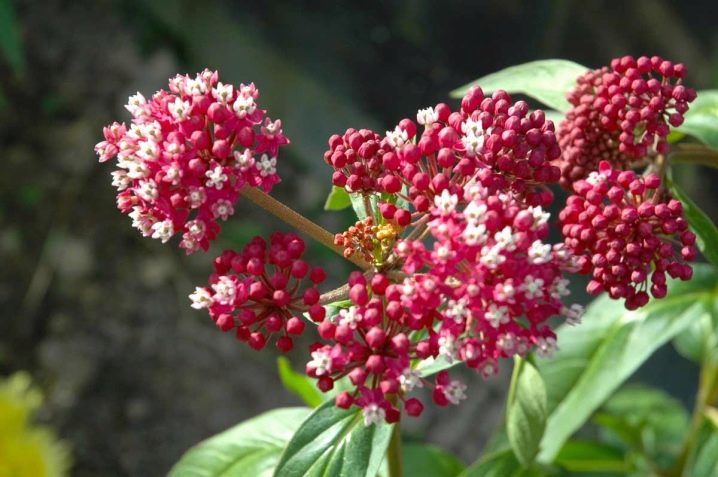
Tuberous
This is one of the undersized varieties of fleece. Her flowers are variegated and large enough. The plant begins to bloom in the first summer days. Flowering lasts until the second half of autumn. This variety of fleece tolerates frost well. Therefore, in regions with warm winters, there is no need to shelter it. But the flower may not survive the Siberian frosts. The most popular variety of such a plant is Zolotinka.

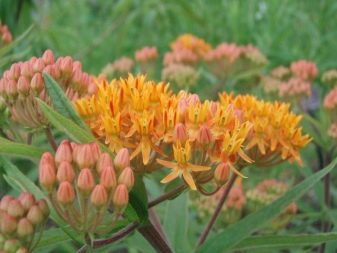
Landing
The wadder is usually planted in the spring. For planting, you can use both seeds and grown seedlings. When planting the fleece, it is important to pay attention to the following points.
- Soil quality. The plant is undemanding to the quality of the soil. Usually it is planted in areas with neutral soil. Before planting flowers, the soil is dug up, clearing the area of weeds. After that, the surface of the beds is leveled. Then make grooves or small holes.
- Illumination of the site. Since the vatnik is a light-loving flower, it is recommended to plant it in sunny areas. In this case, its flowers will be the brightest and most beautiful.
- Neighborhood. Vatochnik grows quickly; other crops should not be planted next to it. The distance between these flowers and the rest of the plants should be at least 70 centimeters. At the same time, it should not be allowed that the fleece grows too much. Most often, metal sheets are dug in near the plants to control the growth.

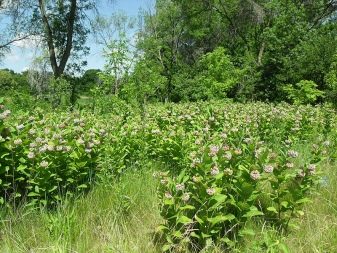
Both seeds and seedlings should not be planted too deeply. Seeds are placed at a depth of 1-3 cm. Sprinkle them on top with a thin layer of loose earth. After planting, the soil is watered with settled water. This must be done carefully so that the water jet does not wash the planting material out of the soil.
Seedlings are planted in holes 3-4 centimeters deep. The roots of the seedlings are also covered with earth. After that, the soil is carefully tamped.
Seedlings, like seeds, must be watered after planting.
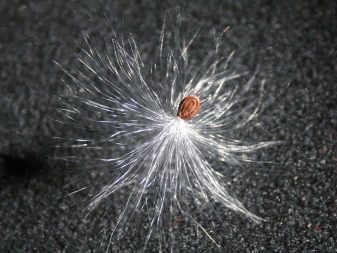
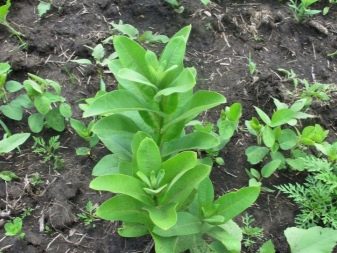
Care
It is quite simple to care for the flowers growing in the open field.
Conditions
It is important to make sure that the fleece grows in the right conditions. It is desirable that the flower be protected from the wind. Therefore, it is most often planted behind some buildings or not far from trees or shrubs. If the planting site was chosen correctly, you will not have to additionally shade the plants or protect them from bad weather in the future.
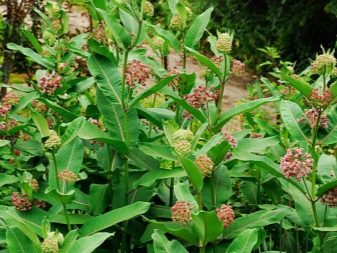
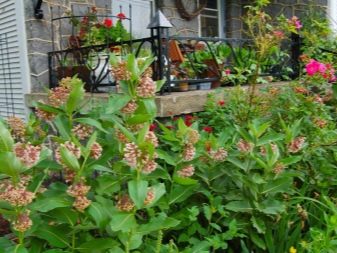
Watering
Only young plants need regular watering. Immediately after planting, a flower bed is watered 1-2 times a week. In the future, when the flowers get stronger, this procedure can be abandoned. The only exception is periods of prolonged heat. At this time, the cotton wool must be watered in the evenings.
It is recommended to use settled warm water for watering flowers. In this case, the flower will feel much better.

Top dressing
Too often there is no need to fertilize the cotton wool. As a rule, top dressing is applied to the soil only twice during the entire season.
In spring, flowers are fed with foods that stimulate their development and flowering. High-quality rotted manure and urea are suitable for this purpose. Before the very beginning of flowering, the plants are fed with mineral fertilizers. As a rule, a nitrophosphate is used for this purpose. Feeding must be done carefully, because an excess of nutrients negatively affects the condition of the plants.
If the flowers are grown in an area with fertile soil, they do not need additional nutrition.

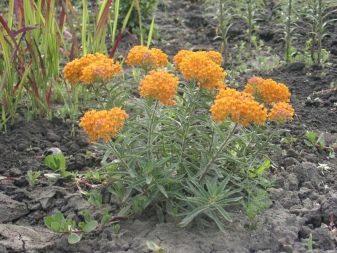
Transfer
Vatochnik is a perennial plant. Therefore, it can be grown in one area for a long time. But over time, the soil in the flowerbed becomes poorer or the flowers grow too much. At this time, the plants are transplanted. This usually happens 3-5 years after planting.
Before starting this procedure, the gardener needs to prepare a new plot. It is cleared of weeds and dug up thoroughly. If the soil in the new flowerbed is poor, a small amount of fertilizer should be embedded in the soil.
The plant itself must be watered before transplanting. After that, you need to carefully dig it out. A small amount of soil should remain on the roots of the flower. The plant is placed in new wells immediately. The roots are well sprinkled with earth on top. After that, the flower is watered.
It is very important to remove all inflorescences from the plant after transplantation. So it will quickly take root in a new place.
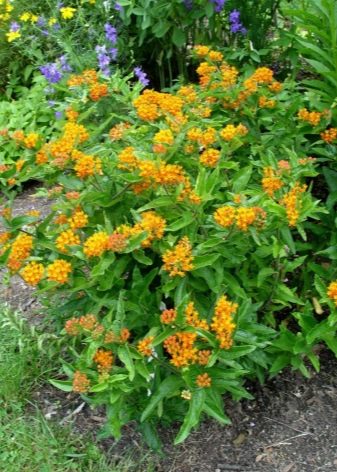
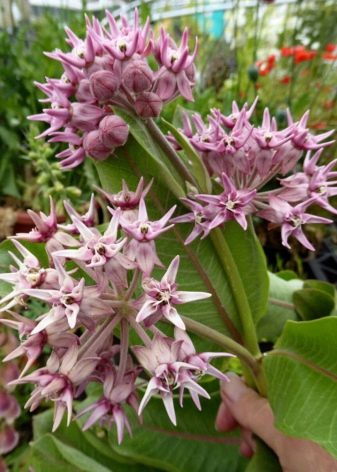
Wintering
After flowering, it is always recommended to remove the inflorescences. In this case, the plant will not self-propagate.
For the winter, flowers are usually covered. Plants are mulched with sawdust or dry foliage. The mulch layer must be sufficiently dense. After the first snowfall, a small amount of snow should be applied to the places with the plants. It will also provide frost protection for the flowers.
Only the Syrian cotton wool does not need shelter. This plant is hardy.
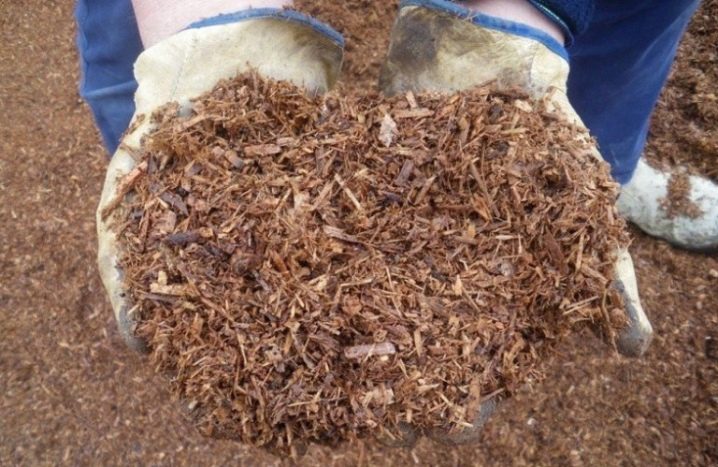
Reproduction methods
There are several main ways to reproduce this beautiful flower.
By dividing the roots
This is the most effective method for breeding wool. It is best to carry out this procedure in late autumn, when the plant has already bloomed. It is optimal to deal with the division of an adult bush after rain or abundant watering. The bush must be carefully dug out of the ground. In the process, it is important not to damage the rhizome. You do not need to clean it from the soil. The rhizome is immediately divided into several large parts. They should have separate kidneys.
Each of the new parts of the plant must be placed in a separate hole, covered with soil and watered. Next, the upper part of the plant must be cut off, leaving only the stem 10 centimeters high. Thanks to this, the plant will take root much faster in a new area.
Plants divided in this way need to be watered regularly: until the flower takes root, it will be very difficult for it to extract water from the soil.
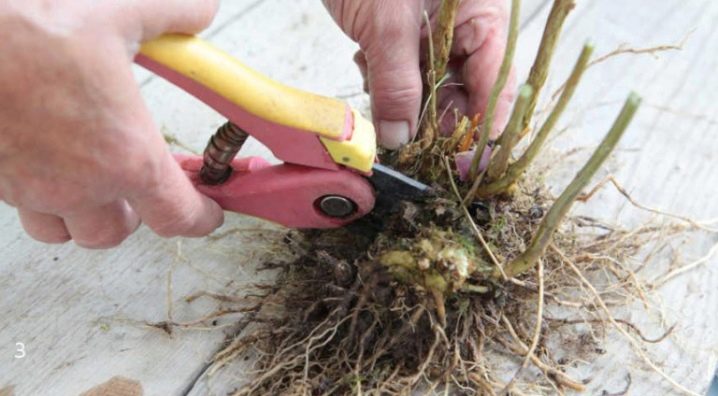
Cuttings
This plant propagation method is also quite simple. You need to start work at the very beginning of summer. At this time, healthy young plants are cut into cuttings. The length of each of them should be within 12-15 centimeters. Cut cuttings are cleaned of foliage and placed in a container with moistened sand. After about 3-4 weeks, the cutting can be planted in open ground.
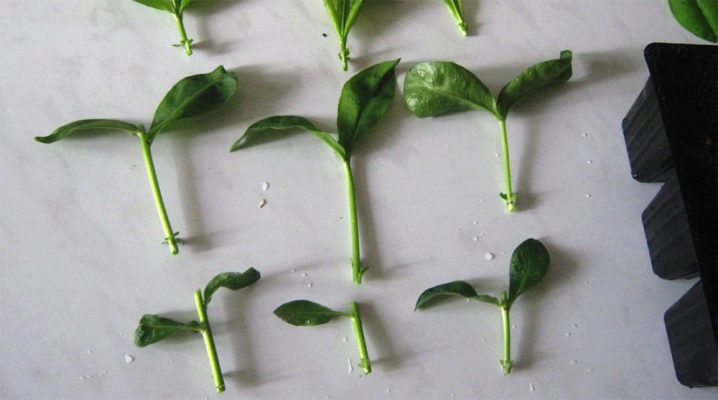
Seeds
Thus, flowers are usually propagated in warm regions of the country. Before planting, the seeds must be prepared for planting. As a rule, they are stratified in a container of wet sand for a month. Seeds are sown in early spring.
In the first weeks after planting, they are regularly watered with warm water.
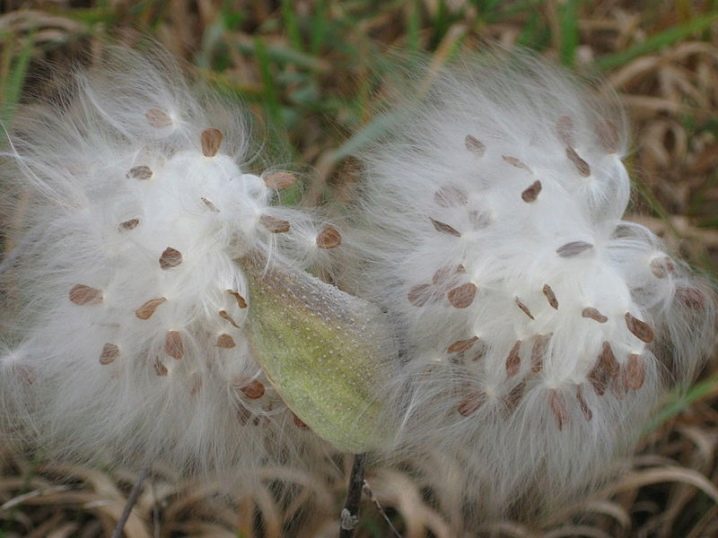
Seedlings
In order for the plants to take root accurately, they can be pre-germinated in a container. You can plant seeds for seedlings at the end of winter. For planting, a universal soil for indoor flowers is suitable. After sowing the seeds, the containers are covered with glass or transparent film. The mini-greenhouse must be regularly ventilated. It will be possible to completely remove the film after the first shoots appear. After that, the seedlings must be dived, distributing them in separate containers. Each of them should have holes for water drainage and a drainage layer at the bottom.
To stimulate the growth of flowers, pinch the top of the green seedlings. It is quite simple to care for seedlings. They feed her only once. For this, you can use any mineral fertilizers. On a regular basis, seedlings only need to be sprayed with a spray bottle and inspected. There should be no traces of disease on the greenery. It will be possible to transplant plants into open ground already at the beginning of June. Seedlings take root on a new site very quickly.
If the seed propagation method was chosen, the vatnik will bloom in about 4-5 years. Plants propagated in a vegetative way delight the owners of the site with beautiful flowers next year.
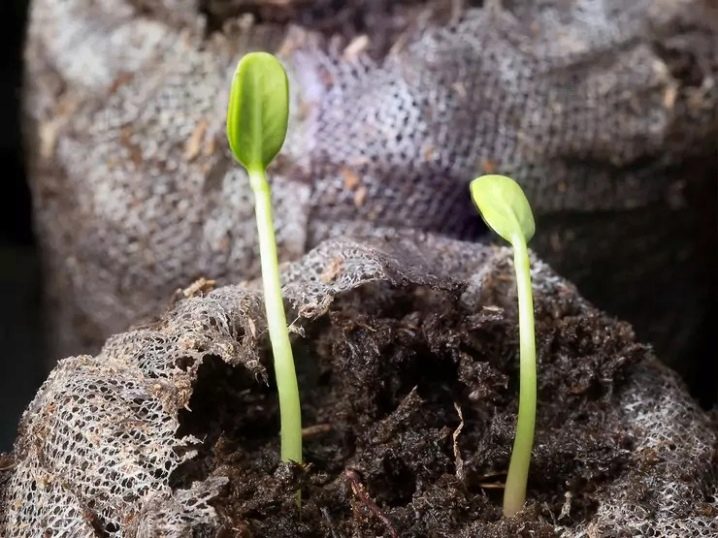
Diseases and pests
Unpretentious plants do not get sick very often. But if the water stagnates near the roots, they can be rotted. To prevent this, it is important not to water the flowers too often. It is recommended to plant cotton wool on a hill.
Among insects, the following pests are dangerous for perennials.
- Whitefly. It feeds on plant sap, sucking it out of the stem. This leads to the rapid drying of the flower. It is worth fighting these pests with purchased insecticides. Actellik has proven itself well. It helps to get rid of insects in a short time.
- Spider mite. These pests appear on the site in the heat. It is quite difficult to notice the insects themselves, because they differ in their very small size. But the gardener can find on the flowers traces of a thin cobweb that pests leave. Like the whitefly, the spider mite feeds on plant sap. Therefore, they begin to fade very quickly. At the same time, the shoots are deformed, the flowers fall off. To combat spider mites, they usually use "Aktara" or drugs with a similar effect.
- Aphid. Small insects live on many plants, cotton wool is no exception. To combat them, you can use folk remedies. Usually flowers are sprayed with infusion of tomato tops, garlic or marigolds. Soap must be added to a container with such a product. This increases the effectiveness of the product used.
In order to prevent the spread of pests on the site, it is enough to properly care for the plants and regularly remove all weeds from the flower bed.
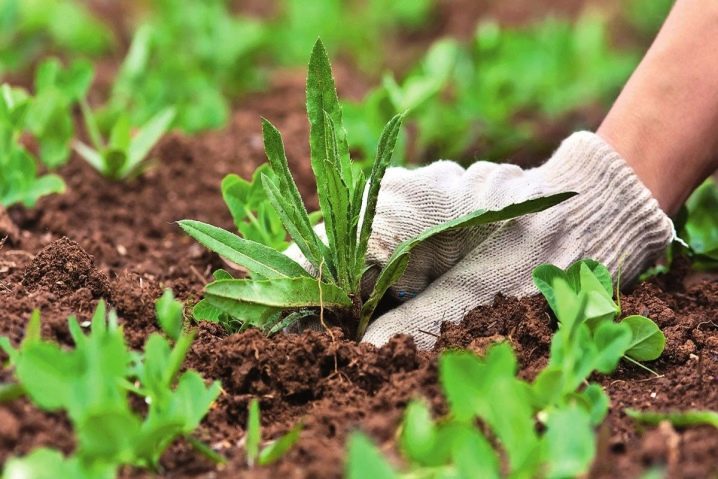
Application in landscape design
As a rule, cotton wool is planted separately from other plants. It can be used to create a decorative hedge. With its help, you can close both a resting place and a compost bed or a bed with shade-loving plants from prying eyes.

Besides, this flower is perfect for creating rocky slides in the garden. To make the flower arrangement look more beautiful and interesting, several varieties of cotton wool are planted nearby. Using a flower for group plantings, it is usually placed next to asters, echinacea and other tall crops.


In general, the willow is an interesting plant that can be found on any site. If you choose a suitable zone for him, he will grow in the same flower bed for many years in a row, without requiring special care.
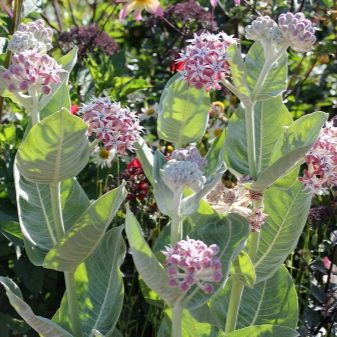
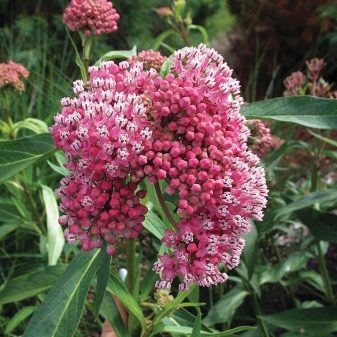













The comment was sent successfully.